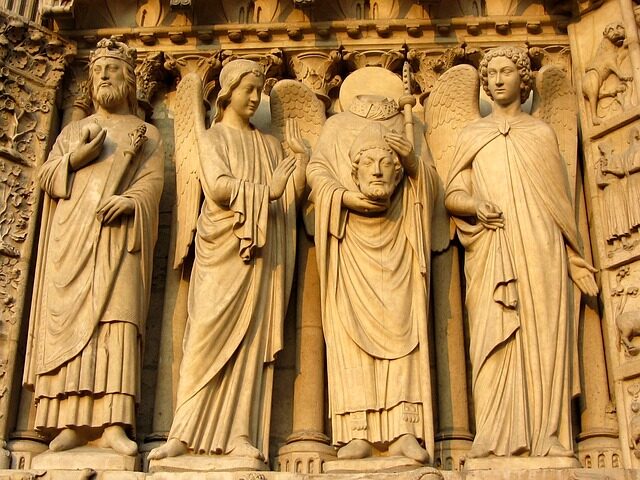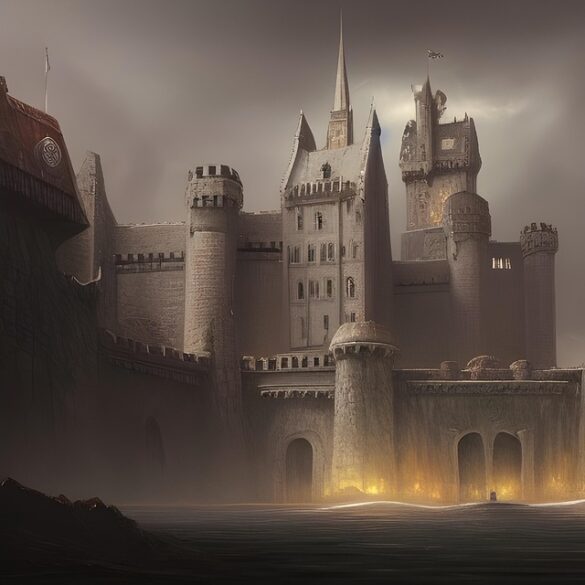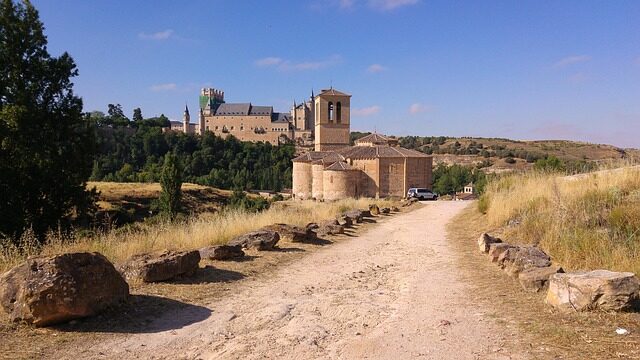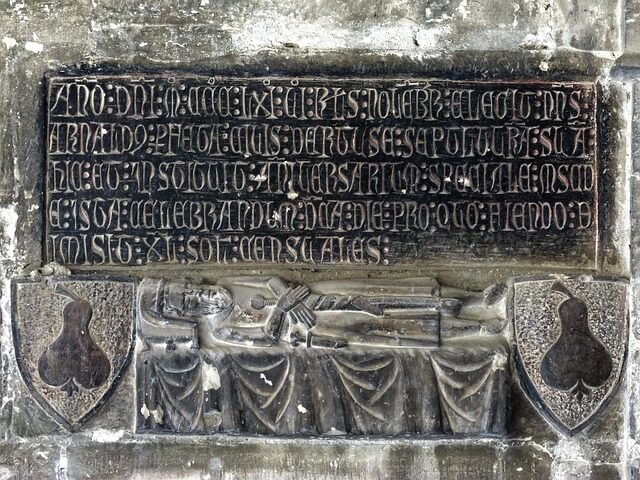The realms of Sweden and Norway during medieval times were a canvas for religious expressions and cultural narratives. Medieval art in Sweden and Norway serves as a historical mirror, reflecting the integration of Christianity with Norse traditions.
Exploring these countries’ medieval art is akin to delving into a world where the influence of the Church on medieval art is markedly evident, standing as a testament to a time when spiritual and everyday life were deeply intertwined.
- What is medieval art in Sweden and Norway?
- How did religion influence medieval art in Sweden and Norway?
- What are the key characteristics of medieval art in Sweden and Norway?
- What historical events shaped medieval art in Sweden and Norway?
- What famous works of medieval art exist in Sweden and Norway?
- How can one explore medieval art in Sweden and Norway today?
- What is medieval art in Sweden and Norway?
- How did religion influence medieval art in Sweden and Norway?
- What are the key characteristics of medieval art in Sweden and Norway?
- What historical events shaped medieval art in Sweden and Norway?
- What famous works of medieval art exist in Sweden and Norway?
- How can one explore medieval art in Sweden and Norway today?
What is medieval art in Sweden and Norway?
When venturing into the world of Scandinavian medieval architecture and art, one witnesses a diverse spectrum of styles and influences. In this region, medieval art is not merely a collection of artifacts but a confluence of varied elements ranging from robust ecclesiastical structures to delicate sculptures and intricate paintings.
The Church’s patronage significantly fostered the growth of art, leading to the creation of numerous ecclesiastical masterpieces. These works were not only meant for spiritual edification but also served as a means of consolidating the Christian faith in a land once dominated by Norse mythology.
Art from this period showcases an evolution from Romanesque styles to the more elaborate and vertically aspiring Gothic forms. These shifts in style were often indicative of broader social and cultural changes that were taking place across Europe.

Perhaps the most remarkable aspect of medieval art in these regions is the seamless blending of Christian iconography with native Scandinavian motifs—a testament to the complex cultural dialogues of the period.
How did religion influence medieval art in Sweden and Norway?
The Catholic Church was the central axis around which medieval society revolved, and this centrality was mirrored in the art produced during the time. Ecclesiastical art in Sweden and Norway often bore the Church’s visual narrative, depicting biblical stories and saints’ lives to educate and inspire the faithful.
From the majestic stave churches, with their steep roofs and ornate carvings, to the illuminated manuscripts and altar pieces, each work was imbued with a deep sense of religious reverence and purpose.
Moreover, relics and liturgical items were crafted with the utmost care, not only as objects of devotion but also as expressions of artistic excellence dedicated to the glory of God. These objects were often adorned with precious metals and stones, elevating their visual and spiritual impact.
The religious fervor of the era was such that even items of everyday use were decorated with Christian symbols, illustrating how faith penetrated every facet of medieval life.

What are the key characteristics of medieval art in Sweden and Norway?
In dissecting the key traits of medieval art in Sweden and Norway, one can observe a variety of distinctive features that set it apart from the art of other European regions. These characteristics include:
- The use of wood in architecture and sculpture, facilitated by the abundant forests of Scandinavia.
- An emphasis on narrative and storytelling in visual arts, with a strong penchant for moralistic and didactic themes.
- The presence of iconic themes such as the dragon, which recurs as a symbol of chaos and evil to be overcome by Christian order.
- Gothic art’s influence, which is particularly evident in the grandeur and verticality of ecclesiastical buildings and in the intricate details of sculptures.
Understanding these characteristics is essential for grasping the broader historical and cultural contexts in which this art was produced.
What historical events shaped medieval art in Sweden and Norway?
Several pivotal events left their imprint on the art of this era. The significance of Gothic art in Scandinavia was amplified following the spread of Christianity, which in turn was influenced by various political shifts and cultural exchanges with mainland Europe.
The Black Death, which ravaged Europe in the mid-14th century, had profound effects on society and consequently on the art that it produced. This period saw a heightened preoccupation with death and the afterlife, themes that were fervently depicted in art.
Additionally, the various dynastic alliances and conflicts between Nordic and other European monarchies facilitated the transfer of artistic ideas and techniques across the continent.

As the Middle Ages gave way to the Renaissance, new humanistic ideas began to infiltrate the North, leading to changes in the way artists represented religious and secular subjects.
What famous works of medieval art exist in Sweden and Norway?
Sweden and Norway are home to a treasure trove of medieval art, with numerous works that have achieved iconic status. Among them:
- The Linde Madonna, a stunning sculpture embodying the Virgin Mary’s grace and serenity.
- The stave churches, like the one in Urnes, which is a UNESCO World Heritage Site, renowned for their architectural ingenuity and ornamental wood carvings.
- The Över Selö Church’s wall paintings, which offer a vivid glimpse into the medieval mindset and aesthetic sensibilities.
To further enrich our exploration, let’s delve into a visual representation of this era:
This video showcases the beauty and complexity of medieval Scandinavian art, providing a dynamic way to appreciate these historical works.

How can one explore medieval art in Sweden and Norway today?
Today, enthusiasts of medieval art can engage with the past through various avenues. Cultural heritage and medieval art exhibitions in Scandinavia are rich and accessible:
- The History Museum presents a vast exhibition that spans from the early Christian period to the end of the Middle Ages.
- The St. Annen Museum offers insights into the religious art of the era, with a focus on altar pieces and ecclesiastical artifacts.
- Medieval art can also be explored academically, through publications like «The Medieval Scandinavian Art Reader,» which provides a comprehensive overview of the region’s art and architecture.
These resources and institutions not only preserve the art but also facilitate scholarly research and public understanding of this fascinating period.
In conclusion, medieval art in Sweden and Norway provides a captivating lens through which to view the historical, cultural, and spiritual legacies of the Nordic region. Through its unique blend of religious significance and artistic merit, it continues to intrigue and inspire those who seek to unearth its many layers.

